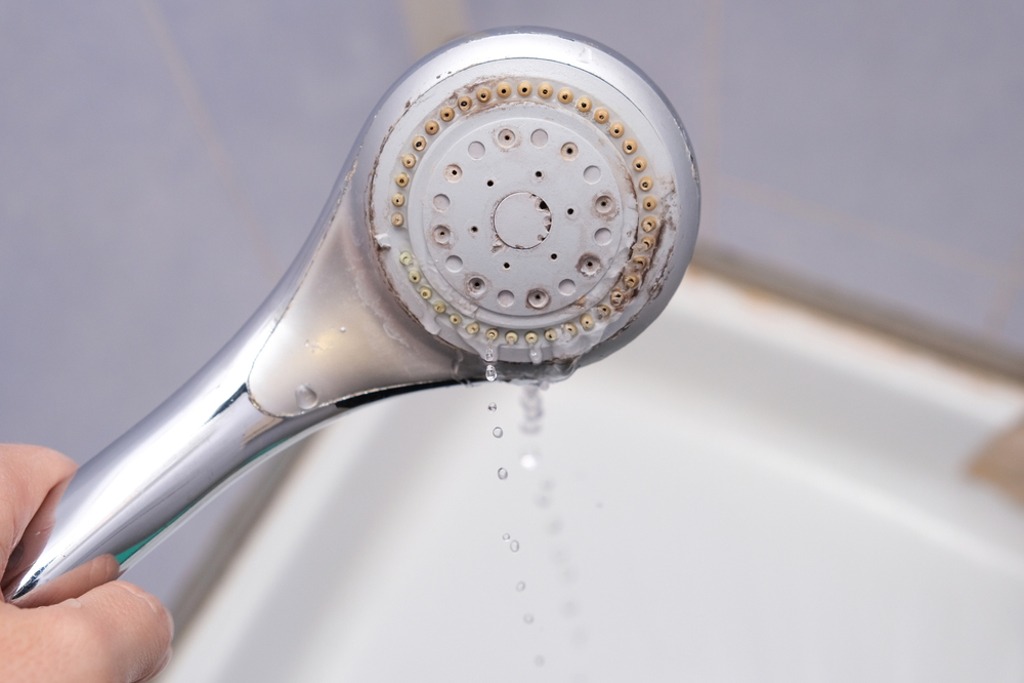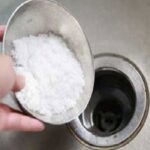A showerhead, seemingly clean, can harbor more bacteria than toilet water if not regularly cleaned, according to research. To protect your family’s health, experts advise paying attention to cleaning your showerhead regularly.
According to the Japanese website Grape, the water holes in a showerhead can easily accumulate dirt such as calcium deposits, mucus, skin oil, and soap scum. If left unattended, this buildup not only becomes difficult to clean but also provides a breeding ground for bacteria.
Research from the University of Manchester, UK, cited by Woman’s World, reveals that a long-neglected showerhead can contain more bacteria than toilet water. These bacteria can enter the body through the skin, ears, or eyes, causing various health issues. Additionally, a study at the University of Colorado Boulder, US, warns that showerheads may contain Mycobacterium non-tuberculosis, which can cause pneumonia in individuals with weakened immune systems.

To mitigate these risks, Grape recommends the following simple showerhead cleaning measures:
Wipe down after each use: Use a soft sponge or cloth to wipe the showerhead immediately after bathing to prevent dirt buildup.
Soak in citric acid: If the showerhead is already dirty, soak it in a diluted citric acid solution for about an hour, then gently scrub with a brush and rinse with water.
Use vinegar: If you don’t have citric acid, you can use diluted vinegar. Pour vinegar over the showerhead, let it sit for a short time, and then rinse.
Apply baking soda: Sprinkle baking soda on the showerhead, then use a brush to scrub away the dirt.
Diluted bleach: For stubborn stains, you can use diluted bleach to clean the showerhead. Just be sure to thoroughly rinse afterward.
If your showerhead is detachable, consider disassembling it for a thorough cleaning of each part, then ensure it’s completely dry before reassembling.
Keeping your showerhead clean not only maintains the appliance but also plays a crucial role in safeguarding your family’s health. Experts emphasize that by adopting these simple daily habits, you can reduce the risk of infection and respiratory-related illnesses.
The Kitchen Triangle: A Guide to Optimal Layouts for Your Heart of the Home
Bed Placement: Mastering the Art of a Good Night’s Sleep
The placement of your bed and stove is not just about aesthetics and functionality; it’s also about creating a harmonious and healthy living environment. Getting these placements wrong can lead to financial losses and disharmony in the home. So, what are the three directions to avoid when placing your stove, and the three locations to steer clear of when positioning your bed?



































